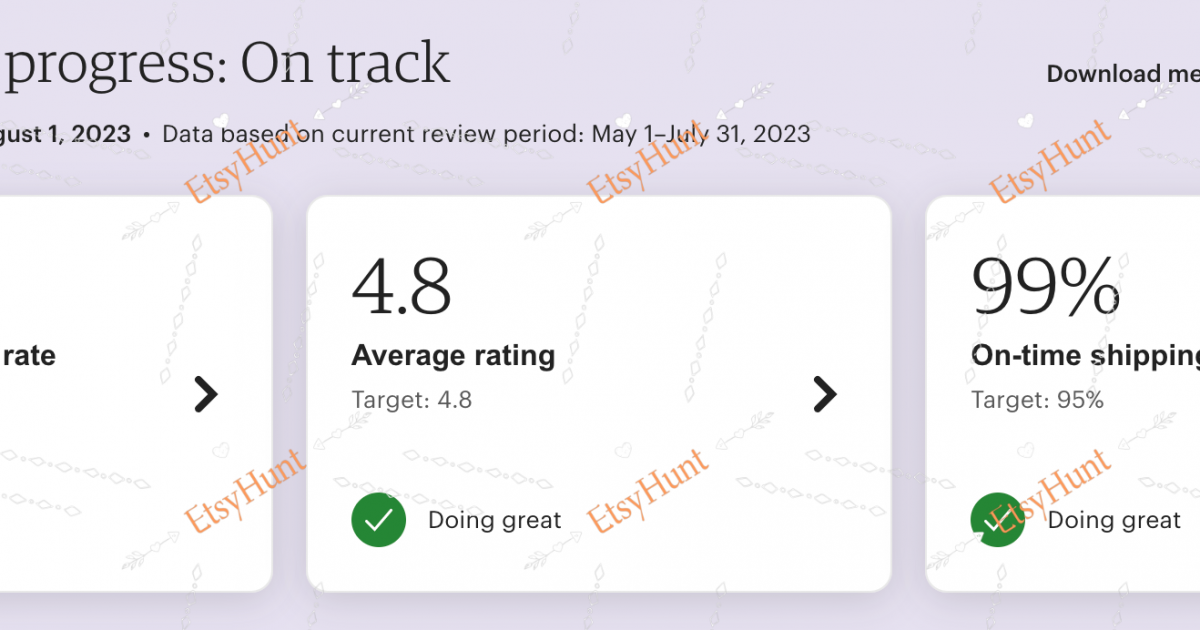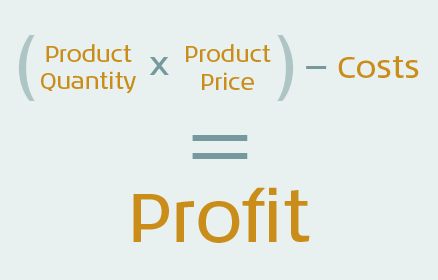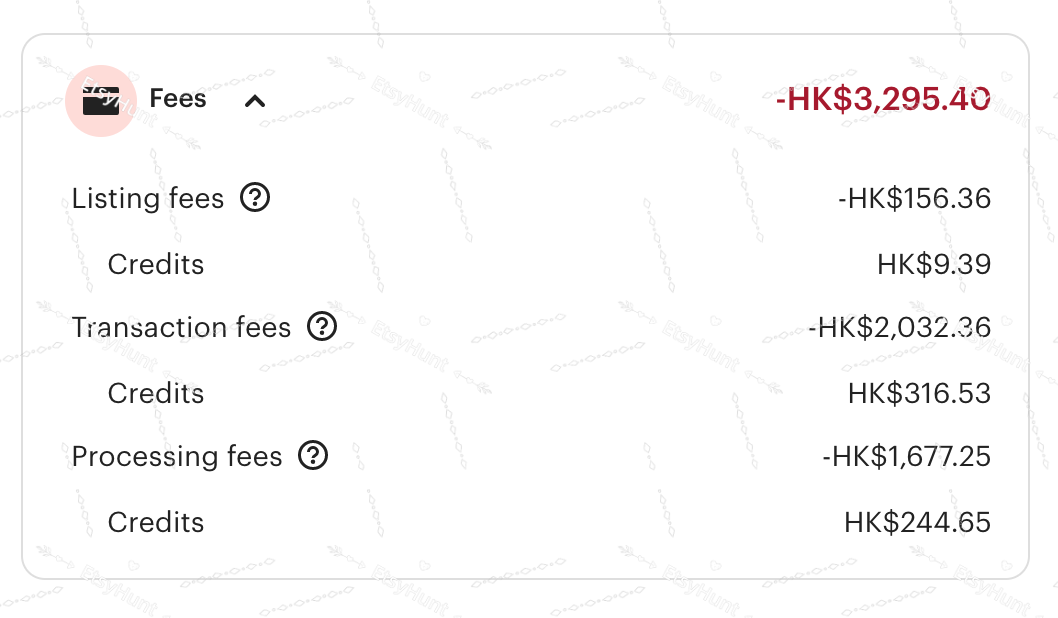How to Conduct Data and Business Analysis on Etsy: A Step-by-Step Guide
Etsy is a global online marketplace that specializes in buying and selling unique handmade and vintage items. Since its establishment in 2005, Etsy has attracted millions of sellers and buyers, becoming a paradise for craft lovers and creative entrepreneurs. However, to be successful on Etsy, it is not enough to have excellent products and designs, but also a set of effective data and business analysis methods, to help you understand market demand, optimize shop operations, increase sales conversion, enhance competitiveness and profitability.
In this article, I will introduce you to the basic steps and tips on how to conduct data and business analysis on Etsy, as well as some common problems and solutions. I hope this article can inspire and help you.
Determine analysis goals and indicators
The first step of data and business analysis is to determine your analysis goals and indicators. Analysis goals are the specific results you want to achieve through analysis, such as increasing shop traffic, increasing order volume, reducing return rate, etc. Analysis indicators are the specific data you use to measure whether your analysis goals are achieved, such as visits, sales, conversion rate, etc.
The benefits of determining analysis goals and indicators are:
● Help you clarify the direction and focus of your analysis, avoid detours or waste of time;
● Help you choose the appropriate data sources and analysis methods, improve the efficiency and accuracy of your analysis;
● Help you evaluate the effect and improvement space of your analysis, promote continuous optimization and progress.
To determine effective analysis goals and indicators, you can refer to the SMART principle, which is:
● Specific: Goals and indicators should be clear and specific, without vague or general words;
● Measurable: Goals and indicators should be quantifiable or evaluable with data, without subjective or emotional judgments;
● Achievable: Goals and indicators should conform to reality, not too ideal or unrealistic;
● Relevant: Goals and indicators should be related to your shop positioning, product features, market environment, etc., not deviate from the topic or irrelevant;
● Time-bound: Goals and indicators should have a clear time range or deadline, not procrastinate or indefinite.
For example, a SMART analysis goal and indicator is:
● Goal: Increase shop traffic before Spring Festival in 2023;
● Indicator: Monthly visits increase by 10%;

Collect and organize data
The second step of data and business analysis is to collect and organize data. Data is the basis of analysis, without data there is no analysis. The purpose of collecting data is to obtain information related to your analysis goals and indicators, and the purpose of organizing data is to make data easier to understand and process.
The methods of collecting data are:
● Use the data tools provided by Etsy platform: Etsy platform provides some built-in data tools, such as Shop Stats, Shop Manager, Listing Manager, etc. These tools can help you get some basic data, such as visits, sales, order volume, conversion rate, keyword ranking, etc. You can also use Shop Manager to manage your shop settings, such as shop name, shop description, shop policies, shop announcement, etc. Shop Manager can also help you calculate your etsy fees and etsy taxes, which are important factors for your etsy business profitability.
● Use third-party data tools: In addition to the data tools provided by Etsy platform, you can also use some third-party data tools, such as search engines, social media, website analysis, market research, etc. These tools can help you get some more in-depth data, such as market demand, competitors, user behavior, user feedback, etc. You can also use these tools to get some etsy news and etsy reviews, which can help you keep up with the latest trends and customer preferences on Etsy.
● Use your own data tools: If you have some data analysis skills and experience, you can also use your own data tools, such as Excel, SPSS, Python, etc. These tools can help you customize the collection and processing of data, such as filtering, sorting, grouping, calculating, visualizing, etc.
The methods of organizing data are:
● Clean data: Cleaning data means deleting or correcting errors or invalid information in the data, such as duplicates, missing values, inconsistencies, outliers, etc. The purpose of cleaning data is to improve the quality and accuracy of the data.
● Format data: Formatting data means converting data into a uniform or standard form, such as numbers, text, dates, percentages, etc. The purpose of formatting data is to facilitate the comparison and calculation of data.
● Classify data: Classifying data means grouping or dividing data according to certain standards or rules, such as by time, region, category, attribute, etc. The purpose of classifying data is to facilitate the analysis and summary of data.

Analyze and interpret data
The third step of data and business analysis is to analyze and interpret data. The purpose of analyzing data is to discover hidden patterns, trends, relationships or models in the data. The purpose of interpreting data is to understand the meaning, reason or impact behind the data.
The methods of analyzing and interpreting data are:
● Descriptive analysis: Descriptive analysis means using some basic statistics or charts to describe or summarize the characteristics of the data, such as mean, median, standard deviation, frequency table, histogram, etc. Descriptive analysis can help you understand the basic situation of the data, such as distribution, concentration, dispersion, etc.
● Exploratory analysis: Exploratory analysis means using some advanced statistics or charts to explore or discover potential patterns or trends in the data, such as correlation coefficient, regression line, scatter plot, box plot, etc. Exploratory analysis can help you understand the relationship between data, such as correlation, causality, etc.
● Inferential analysis: Inferential analysis means using some scientific methods or models to infer or predict unknown or future situations in the data, such as hypothesis testing, confidence interval, classification tree, cluster analysis, etc. Inferential analysis can help you understand the reason or impact behind the data, such as significance, influence, etc.

Present and communicate results
The fourth step of data and business analysis is to present and communicate results. The purpose of presenting results is to show your analysis process and conclusions in a clear and persuasive way. The purpose of communicating results is to share your analysis insights and suggestions with your target audience.
The methods of presenting and communicating results are:
● Make a report: Making a report means writing your analysis report with text and charts, including title, abstract, background, method, result, discussion and conclusion sections. Making a report can help you systematically record and display your analysis content, easy to save and spread.
● Make a slide: Making a slide means making your analysis presentation with pictures and text, including theme, goal, process, conclusion and recommendation sections. Making a slide can help you concisely display and demonstrate your analysis points, easy to attract and persuade.
● Make a chart: Making a chart means using some visualization tools or methods to make your analysis chart, including bar chart, line chart, pie chart, map, dashboard, etc. Making a chart can help you intuitively display and explain your analysis data, easy to understand and remember.
● Make a story: Making a story means using some creative techniques or methods to make your analysis story, including scenario, character, conflict, climax, ending, etc. Making a story can help you vividly display and tell your analysis process and result, easy to arouse and maintain interest.

Implement and evaluate actions
The fifth step of data and business analysis is to implement and evaluate actions. The purpose of implementing actions is to turn your analysis results into specific action plans and execute them. The purpose of evaluating actions is to check the effect of your actions and provide feedback and improvement.
The methods of implementing and evaluating actions are:
● Make an action plan: Making an action plan means determining the specific action steps and methods you want to take according to your analysis goals and conclusions, such as modifying product titles, optimizing product descriptions, adjusting product prices, adding product pictures, etc. Making an action plan can help you clarify what you want to do, how to do it, and when to do it.
● Execute an action plan: Executing an action plan means actually performing the corresponding operations or modifications on the Etsy platform according to your action plan, such as uploading new product pictures, updating product information, adjusting product categories, etc. Executing an action plan can help you apply your analysis results to practice and improve your shop effect.
● Monitor action effect: Monitoring action effect means continuously using data tools to collect and analyze data related to your analysis goals and indicators after executing your action plan, such as visits, sales, conversion rate, etc. Monitoring action effect can help you understand whether your actions are effective and how effective they are.
● Adjust action strategy: Adjusting action strategy means making necessary modifications or optimizations to your action plan according to the monitored action effect, such as increasing or decreasing some operations or modifications, or trying different methods or solutions. Adjusting action strategy can help you constantly improve and enhance your shop effect.

Summary
This is the blog article I wrote for you on how to conduct data and business analysis on Etsy. I hope this article can help you. If you have any questions or suggestions, please feel free to contact me. Thank you!




